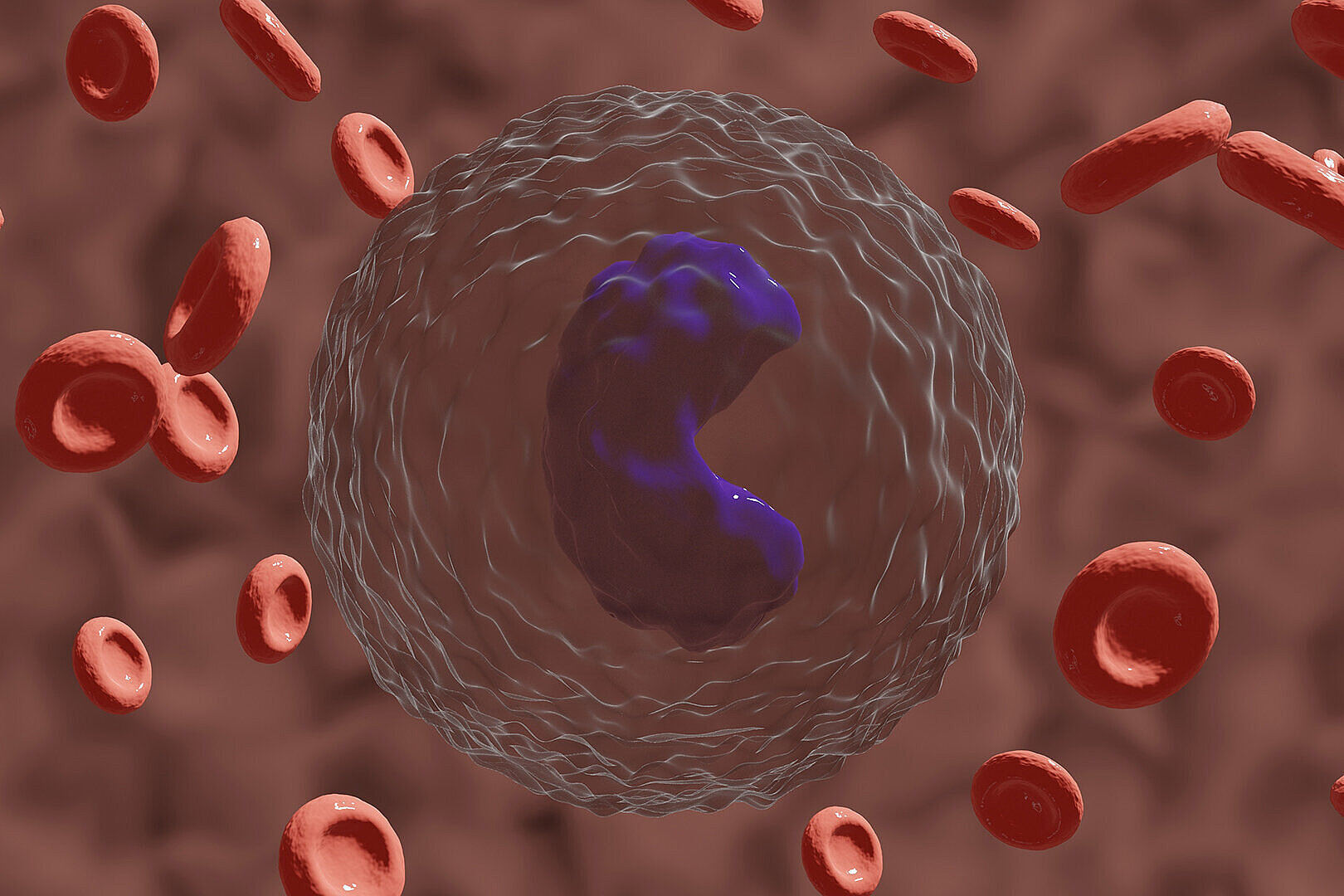“People with HIV often suffer from non-AIDS-related comorbidities such as cardiovascular disease, liver disease, or cancer. They are more prone to chronic inflammation in the body, which causes them to age faster and have a lower life expectancy than other people,” says Prof. Yang Li, head of the department Computational Biology for Individualised Medicine and Director of CiiM. “With our big data study, we wanted to find out which molecular players are behind these disease-causing processes.”
The study was based on extensive multi-omics data sets from over 1,300 people with HIV, which were collected as part of a large-scale cohort study (2000HIV Study) conducted in the Netherlands. “This multi-omics data treasure trove, comprising a wide variety of data such as gene data, protein data, and metabolic data, provided us with unique insights into different levels of molecular biology,” says Javier Botey-Bataller, a scientist in the CiiM department Computational Biology for Individualised Medicine and one of the two lead authors of the study. His CiiM colleague Nienke van Unen, co-first author, adds: “We analyzed another important molecular data level—the strength of the immune response. This reflects the fitness of the immune system in the face of challenges from pathogens.”
The researchers correlated the multi-omics data with the study participants' existing comorbidities – including cardiovascular disease, narrowing of the carotid artery due to plaques, and chronic obstructive pulmonary disease (COPD) – and searched for abnormalities, for example in genes or molecular signaling pathways. “We were actually able to uncover a whole range of previously hidden molecular patterns and players associated with the respective comorbidities,” says Javier Botey-Bataller. In addition, the researchers identified molecules that have the potential to predict the strength of the immune response. “An excessive immune response can lead to inflammation, which is the main cause of comorbidities in people with HIV. Therefore, the intensity of the immune response is a very important parameter,” explains Botey-Bataller. “Our study has enabled us to draw up a kind of molecular map that can be used to guide further research projects, for example to investigate the significance of certain genes or proteins in this context.” The data and analysis results of the study are available online and can be used for further research projects.






